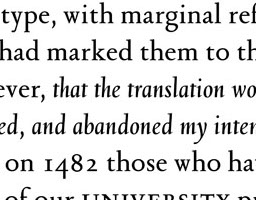TYPE DESIGN INFORMATION PAGE last updated on Wed Dec 17 04:07:59 EST 2025
FONT RECOGNITION VIA FONT MOOSE
|
|
|
|
Major Dutch typographer and type designer, b. Gouda, 1892, d. Haarlem, 1958. He studied at the Koninklijke Academie van Beeldende Kunsten in Den Haag (1908-1912) and joined Enschedé in 1925. He had a considerable influence on the next generation of type designers. His typefaces include:
Van Krimpen had a difficult character. Lines&Splines wrote this: Alastair Johnston, from an issue of Ampersand, once posed the question, "Do you have to be an asshole to be a good type designer?" Gerard Unger replied to the effect that even to this day, people will look over their shoulders before discussing Van Krimpen. One can almost imagine Van Krimpen waving one of his sharp serifs over his head like a stick, flailing against the difficulties of his everyday relations, his nostrils flared as they were in every portrait taken of him. MyFonts page. CV at Linotype. FontShop link. Some of his work and correspondence can be found at the University of Amsterdam. A list of typefaces based on Jan Van Krimpen's work:
Author of On Designing and Devising Type (1957, New York: the Typophiles, & Heemstede). |
EXTERNAL LINKS |
| | |
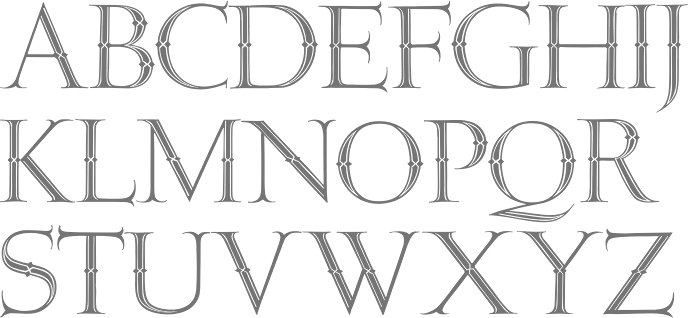
file name: Jan Van Krimpen Curwen Initials 1928 A R Types Version
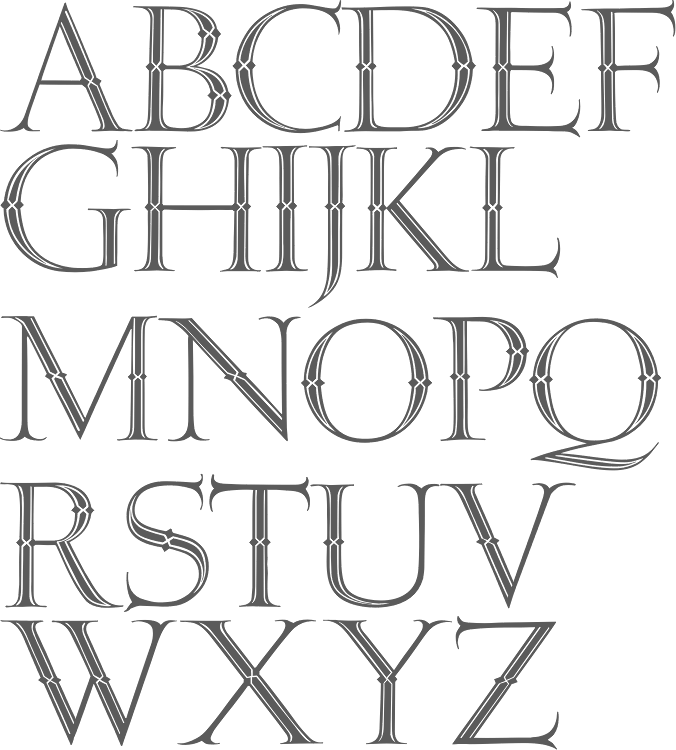
file name: Ari Rafaeli Curwen Initials after Jan Van Krimpen 1925
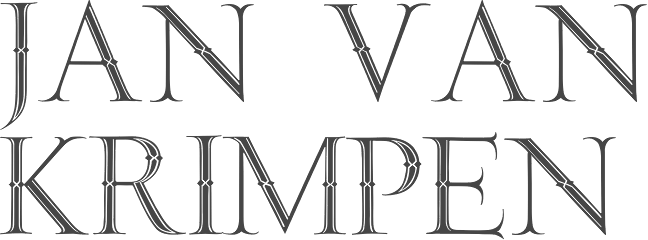
file name: A R Types Curwen Initials 2008 J V K
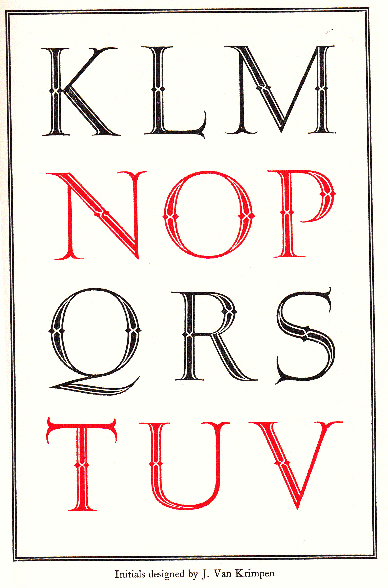
file name: Jan Van Krimpen Initials 1931
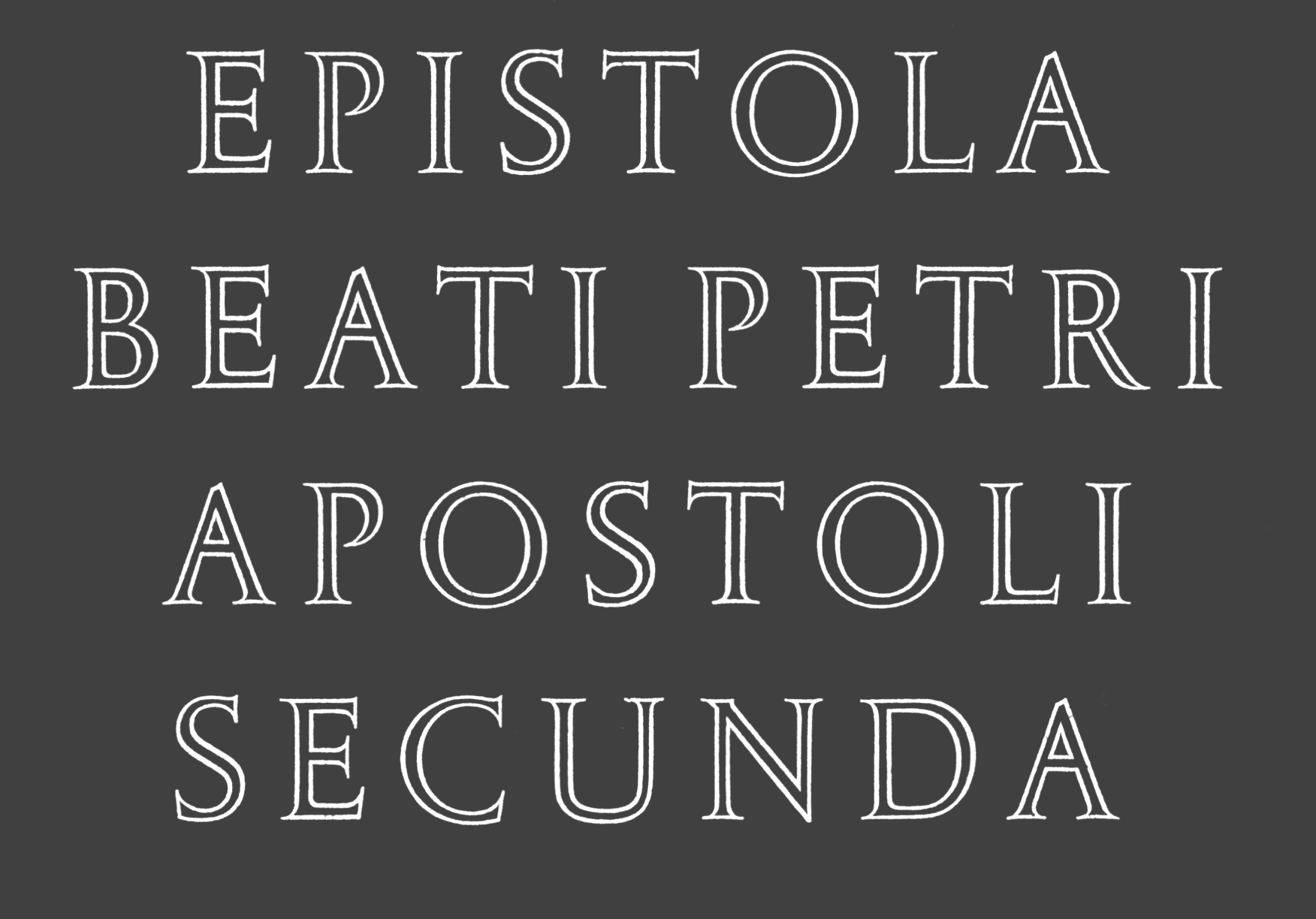
file name: Jan Van Krimpen Open Kapitalen 1928

file name: hostetler/hostetler 26
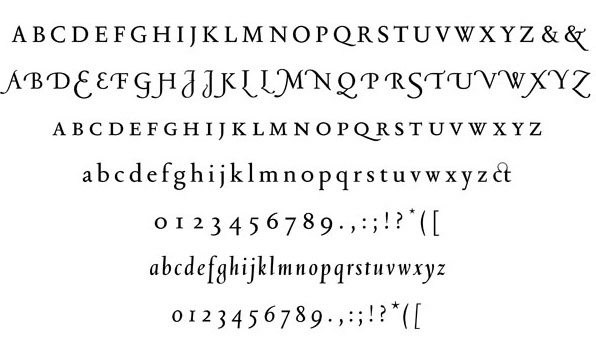
file name: Holger Koenigsdoerfer Romanee 2017
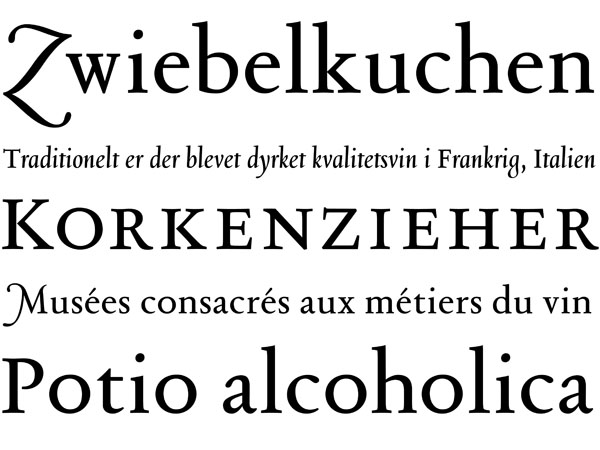
file name: Holger Koenigsdoerfer Romanee 2017b
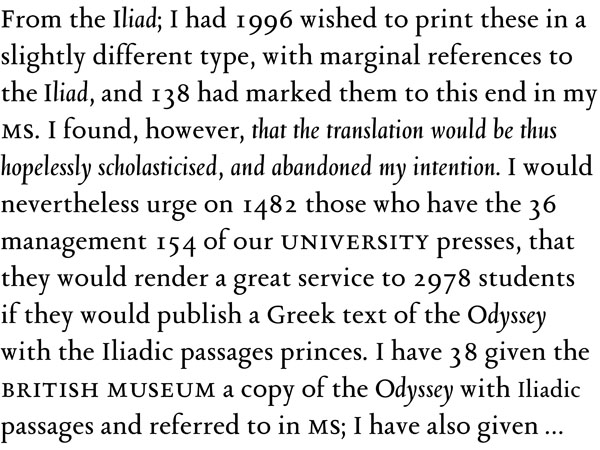
file name: Holger Koenigsdoerfer Romanee 2017c
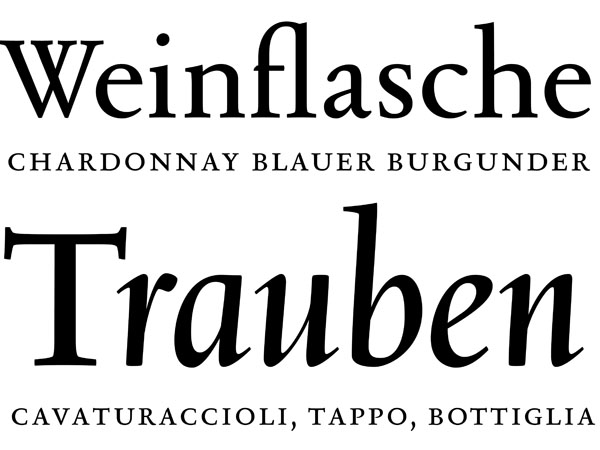
file name: Holger Koenigsdoerfer Romanee 2017d
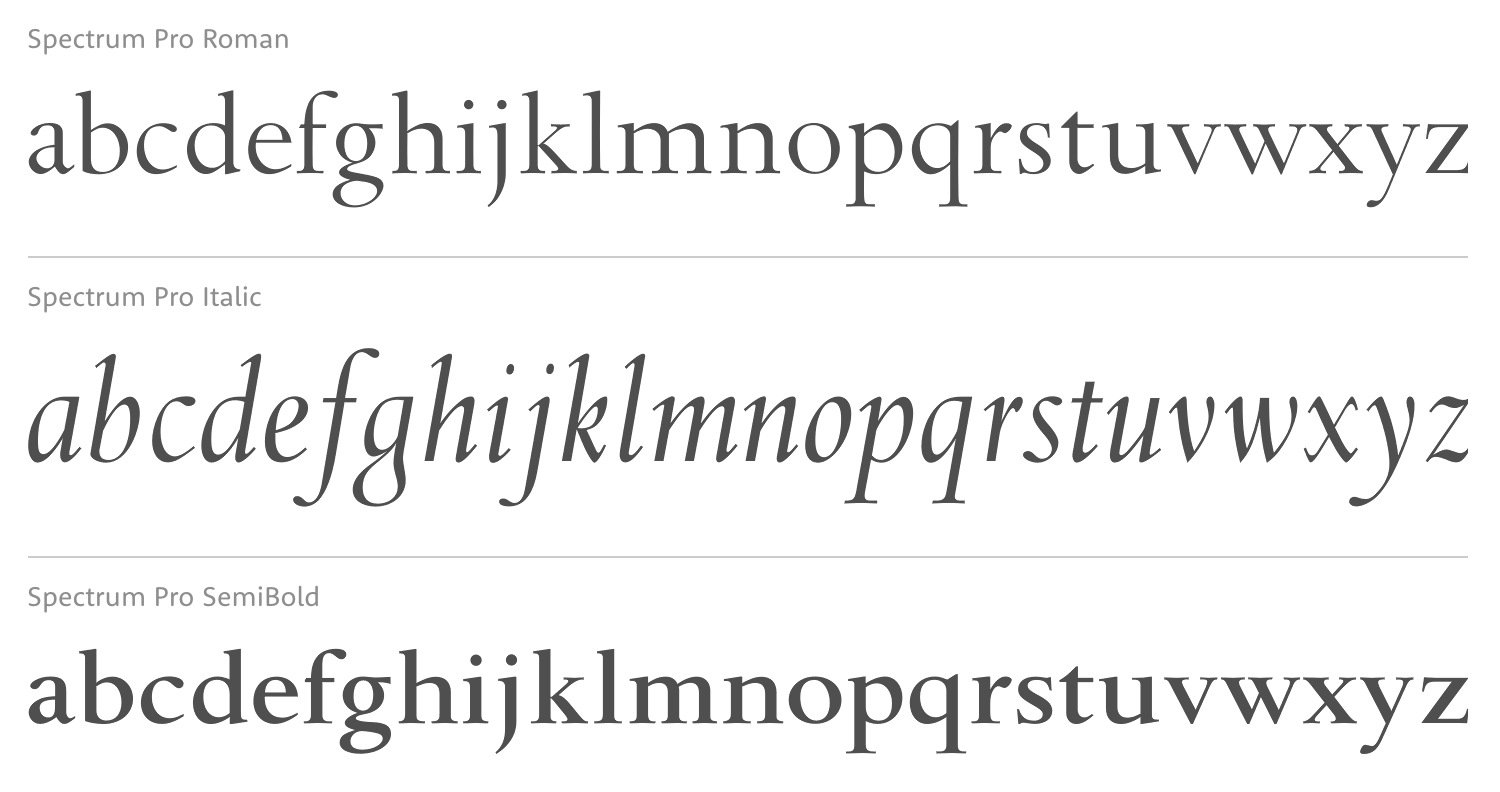
file name: Monotype Spectrum 1955 after Jan Van Krimpen Spectrum 1941 1943
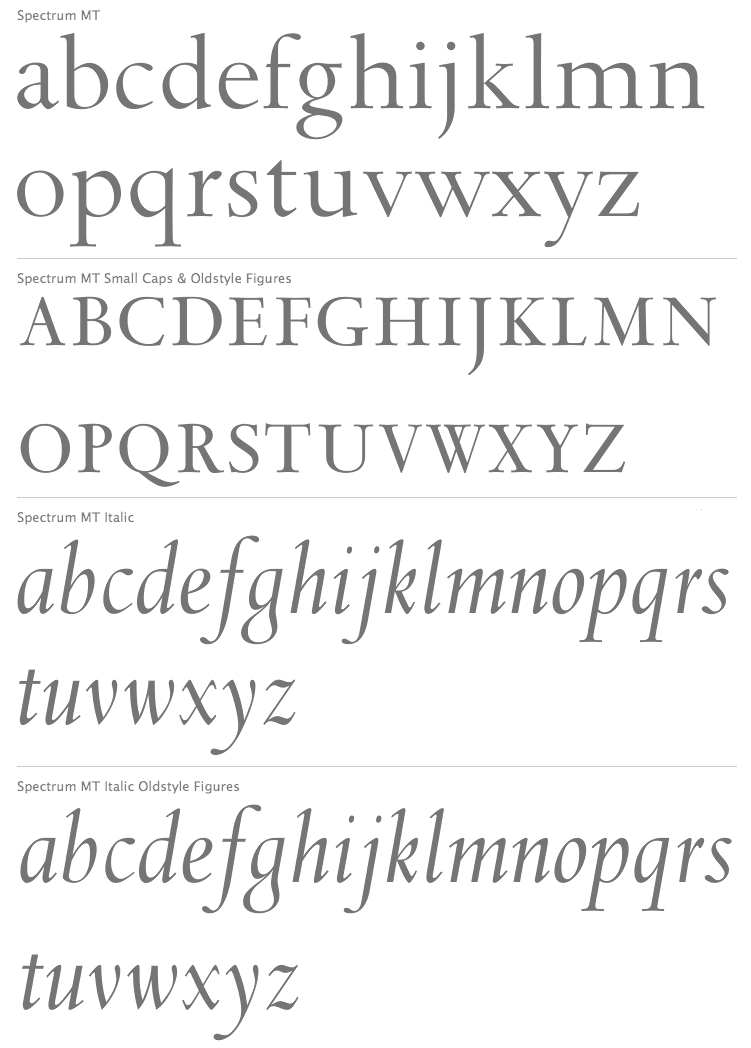
file name: Jan Van Krimpen Spectrum M T 1941 1943

file name: Jan Van Krimpen Spectrum M T 1942
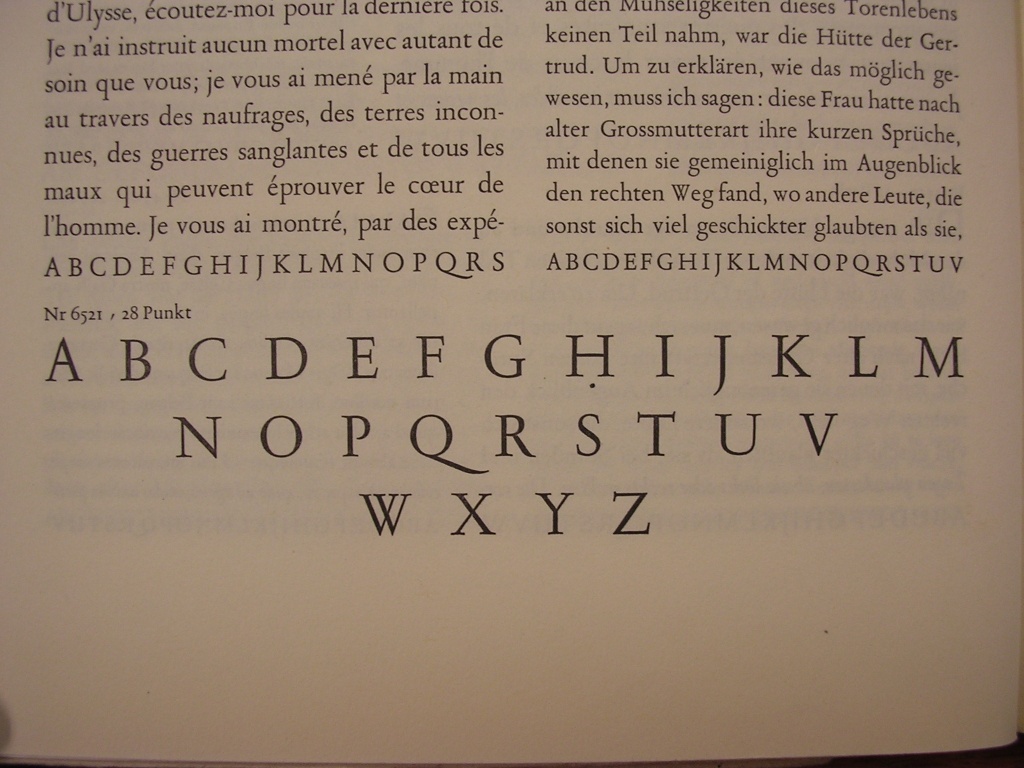
file name: hostetler/hostetler 25 medium

file name: Jan Van Krimpen Enschede Lutetia Italic 1925

file name: Jan Van Krimpen Enschede Lutetia Roman 1925

file name: Jan Van Krimpen Lutetia Open 1925
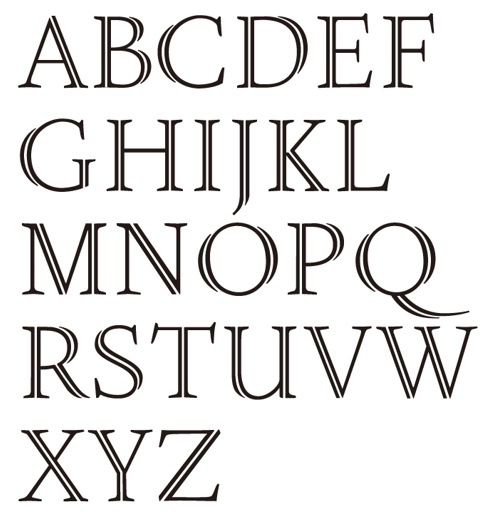
file name: Barbara Bigosinska Lutetia 2013
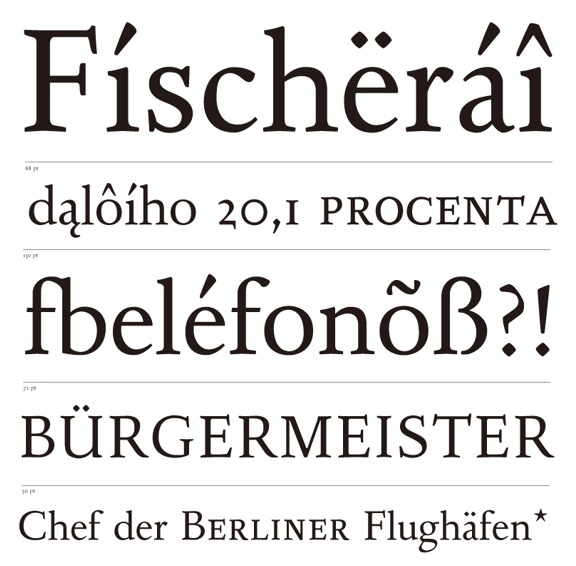
file name: Barbara Bigosinska Lutetia 2013b
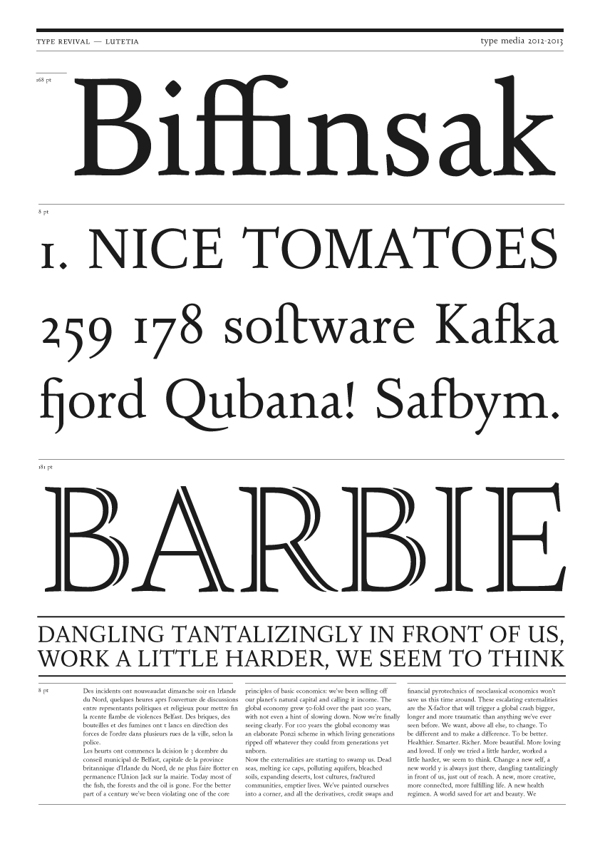
file name: Barbara Bigosinska Lutetia 2013c

file name: Barbara Bigosinska Lutetia 2013d
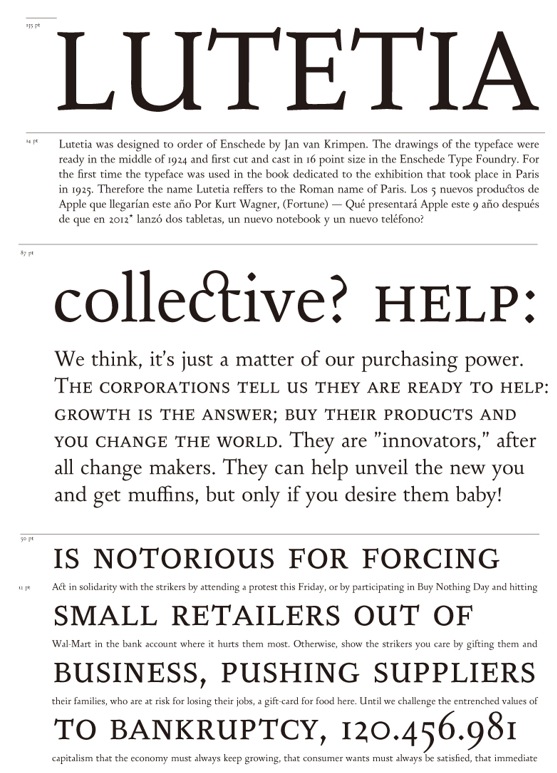
file name: Barbara Bigosinska Lutetia 2013e
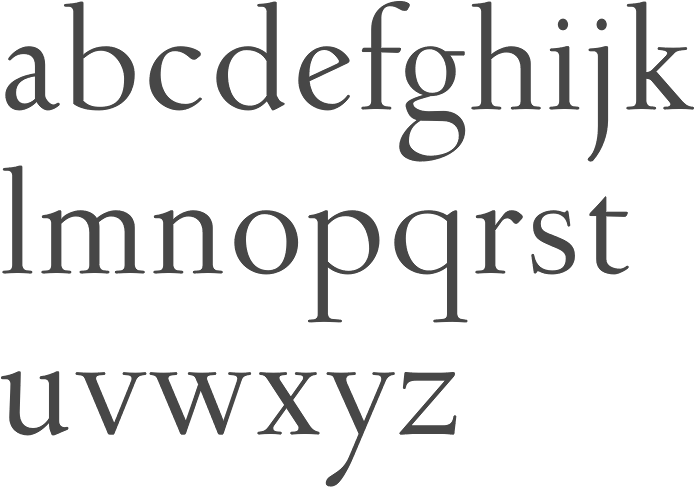
file name: Ralph M Unger Lutetia Nova 2014 after Jan Van Krimpen Lutetia 1924
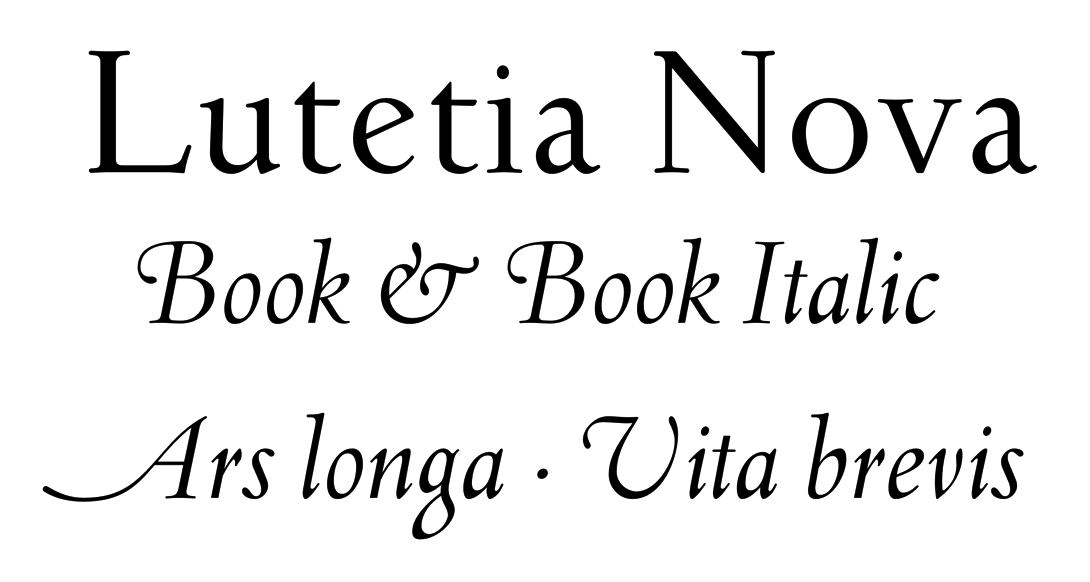
file name: Ralph M Unger Lutetia Nova 2014 after Jan Van Krimpen Lutetia 1924b
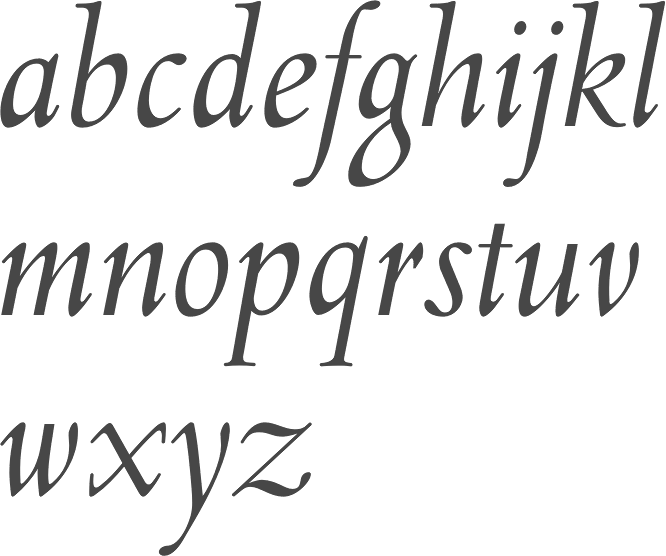
file name: Ralph M Unger Lutetia Nova Book Italic 2014 after Jan Van Krimpen Lutetia 1924
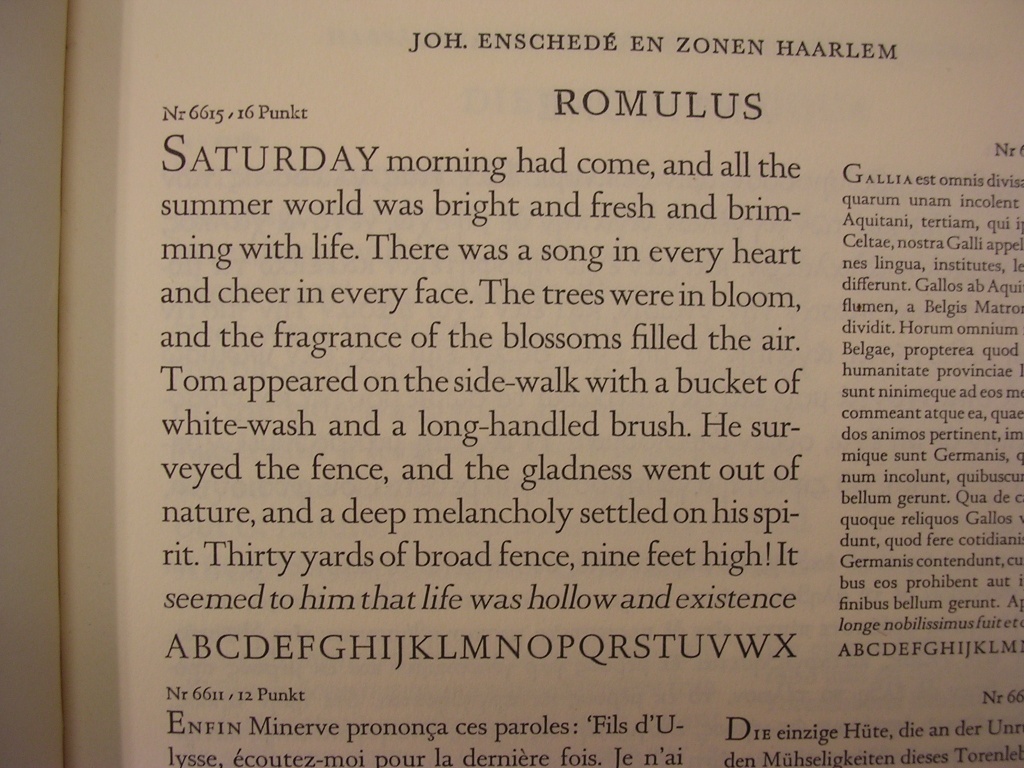
file name: hostetler/hostetler 27 medium

file name: Jan Van Krimpen Haarlemmer 1938
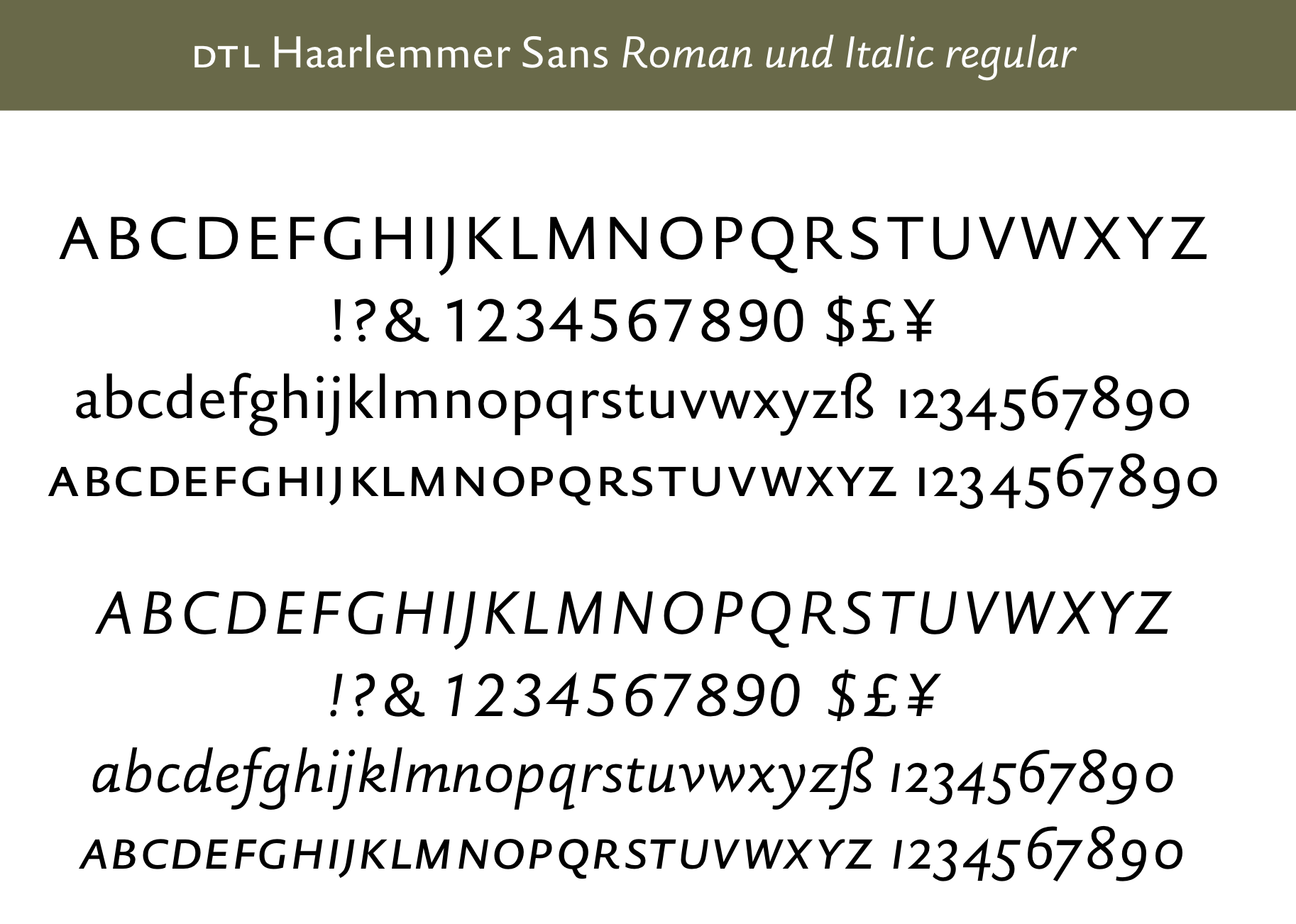
file name: Frank E Blokland D T L Haarlemmer 1994 after Jan Van Krimpen 1938
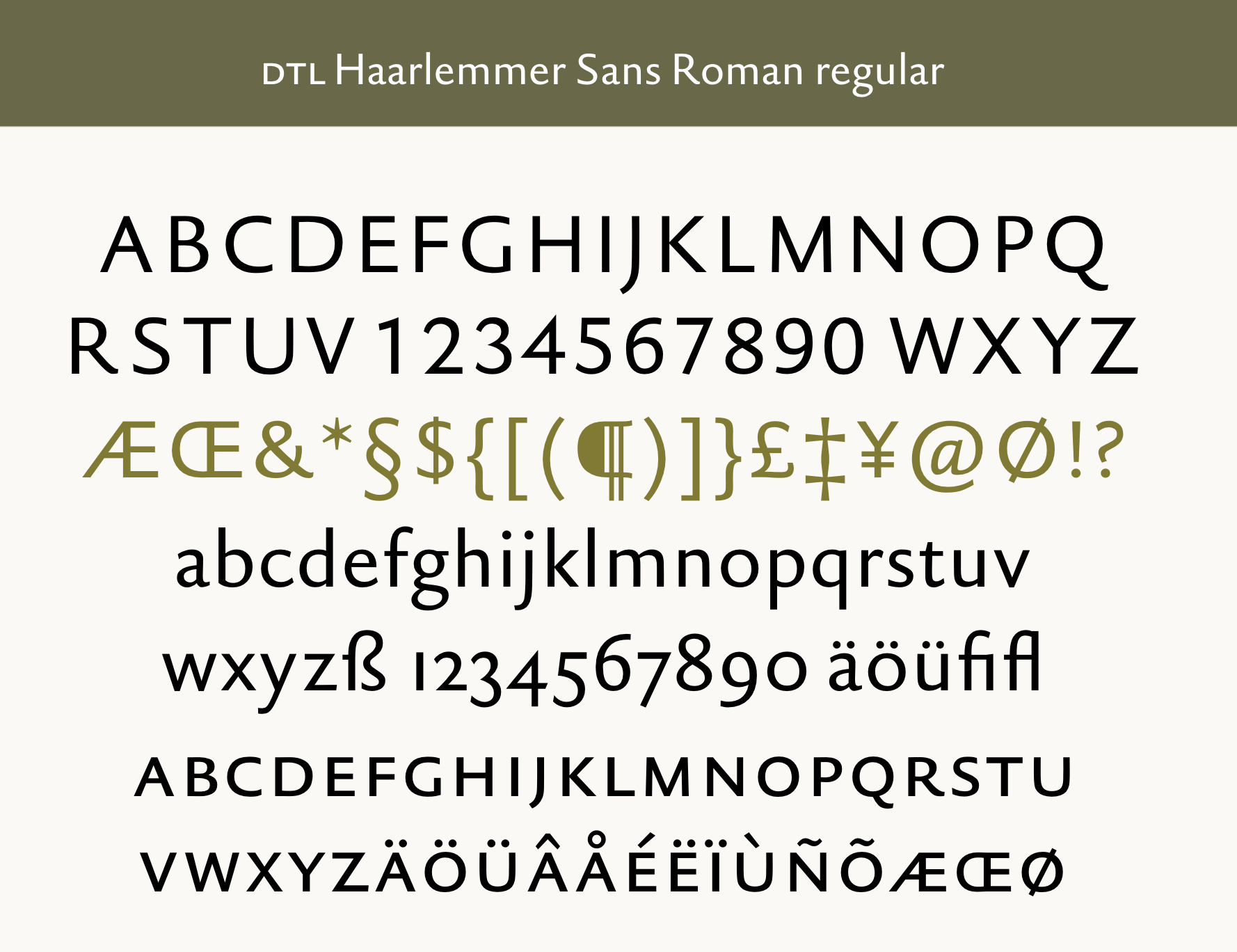
file name: Frank E Blokland D T L Haarlemmer 1994 after Jan Van Krimpen 1938b
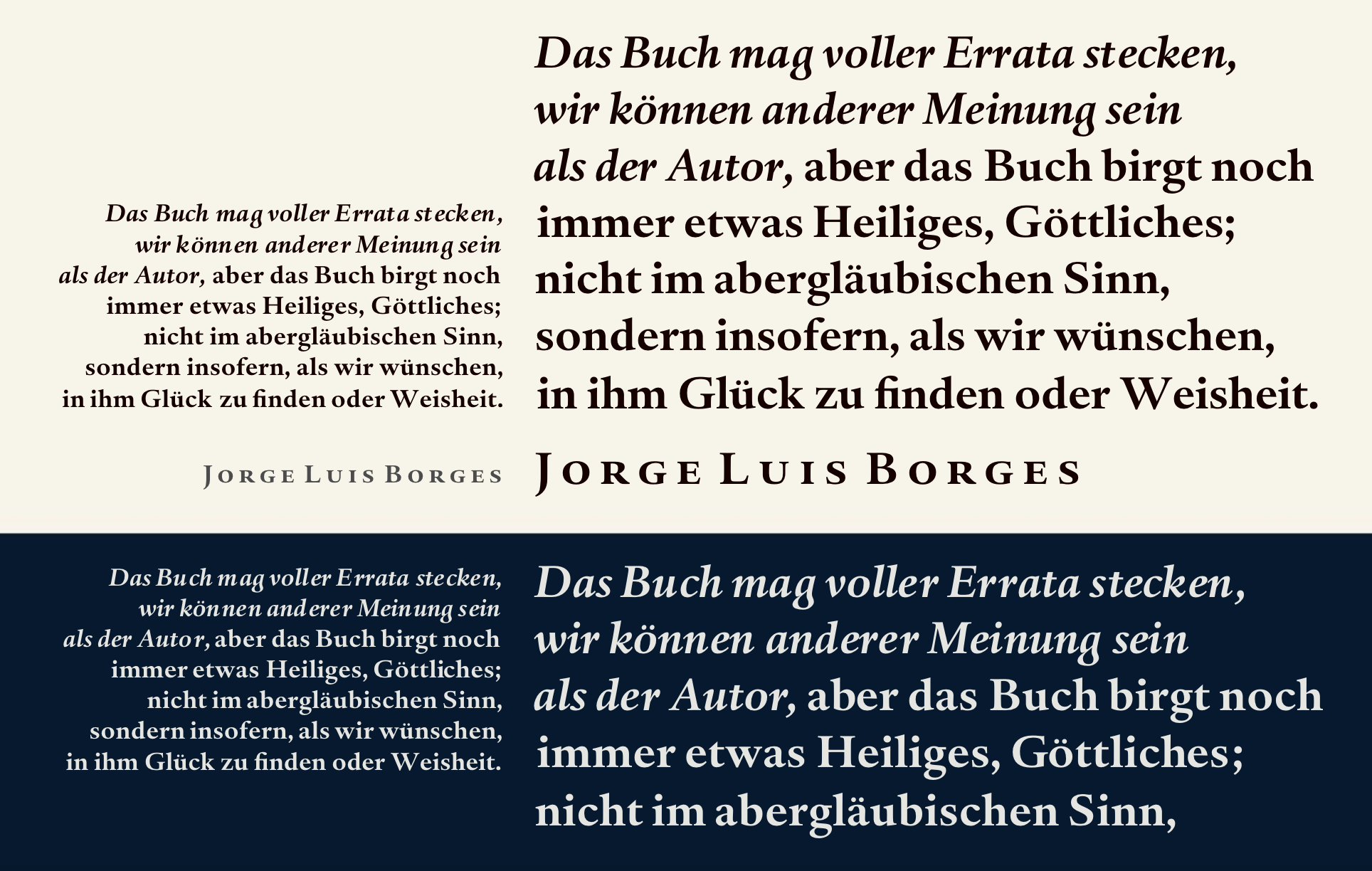
file name: Frank E Blokland D T L Haarlemmer 1994 after Jan Van Krimpen 1938c
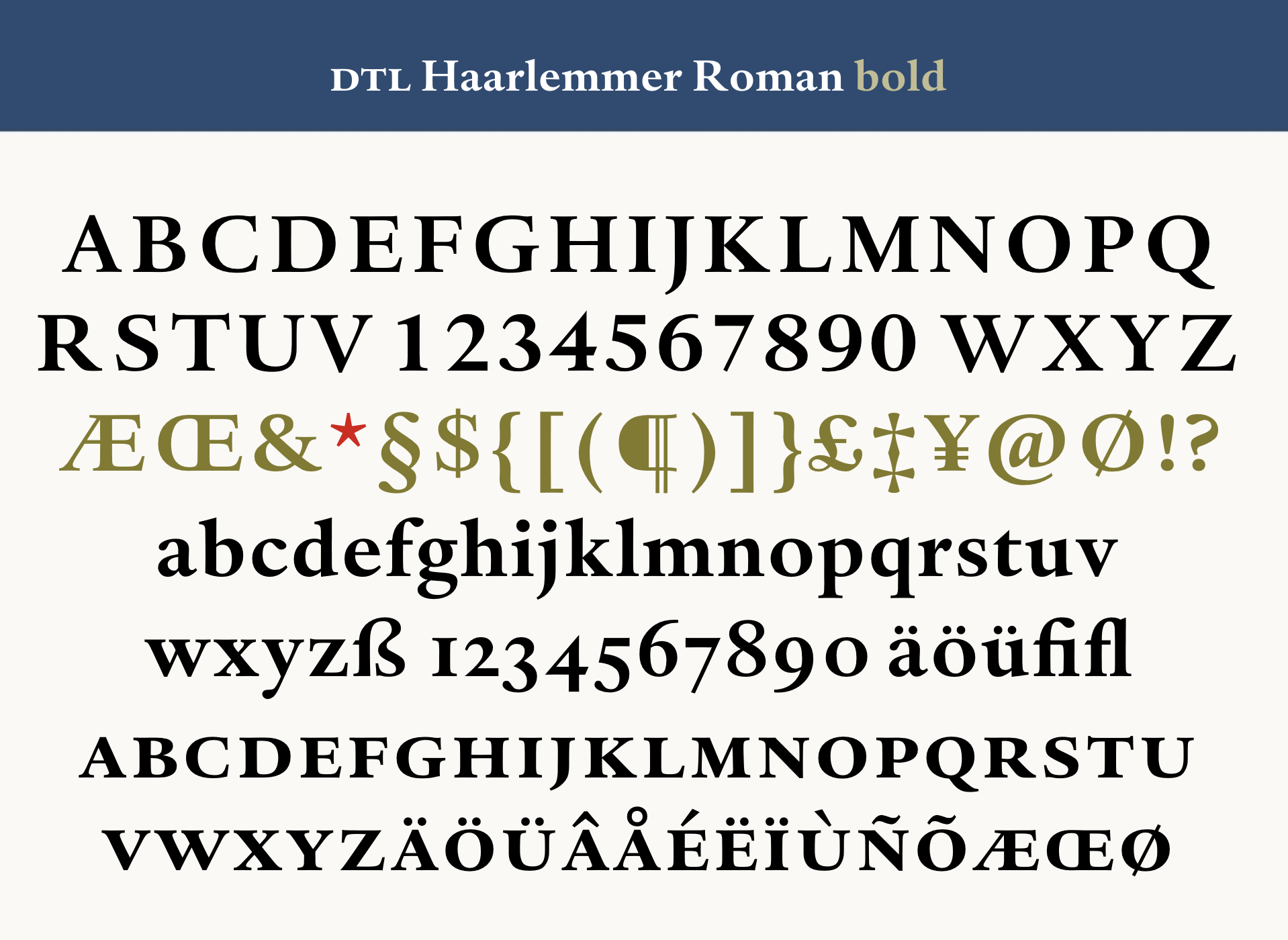
file name: Frank E Blokland D T L Haarlemmer 1994 after Jan Van Krimpen 1938d
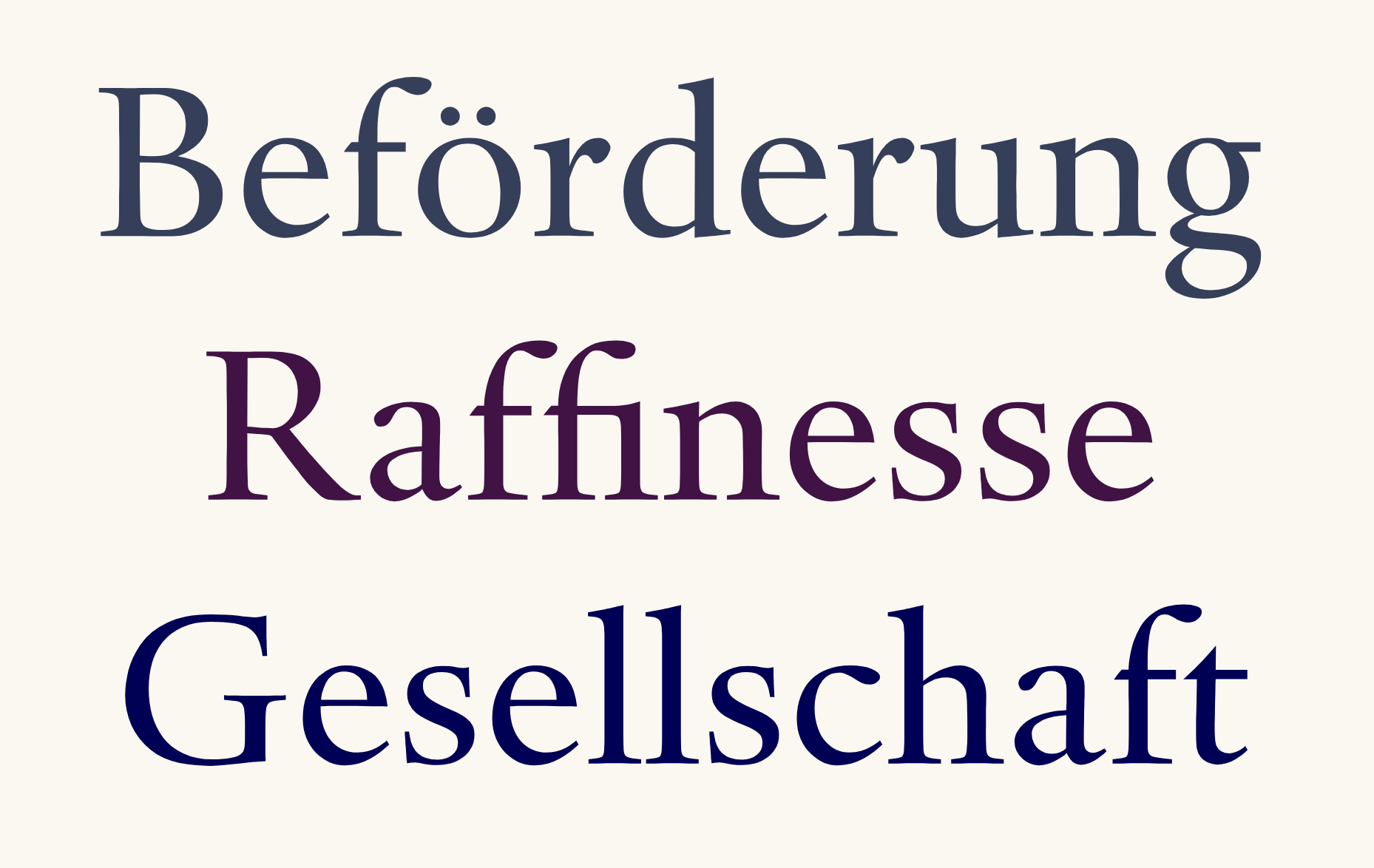
file name: Frank E Blokland D T L Haarlemmer 1994 after Jan Van Krimpen 1938e
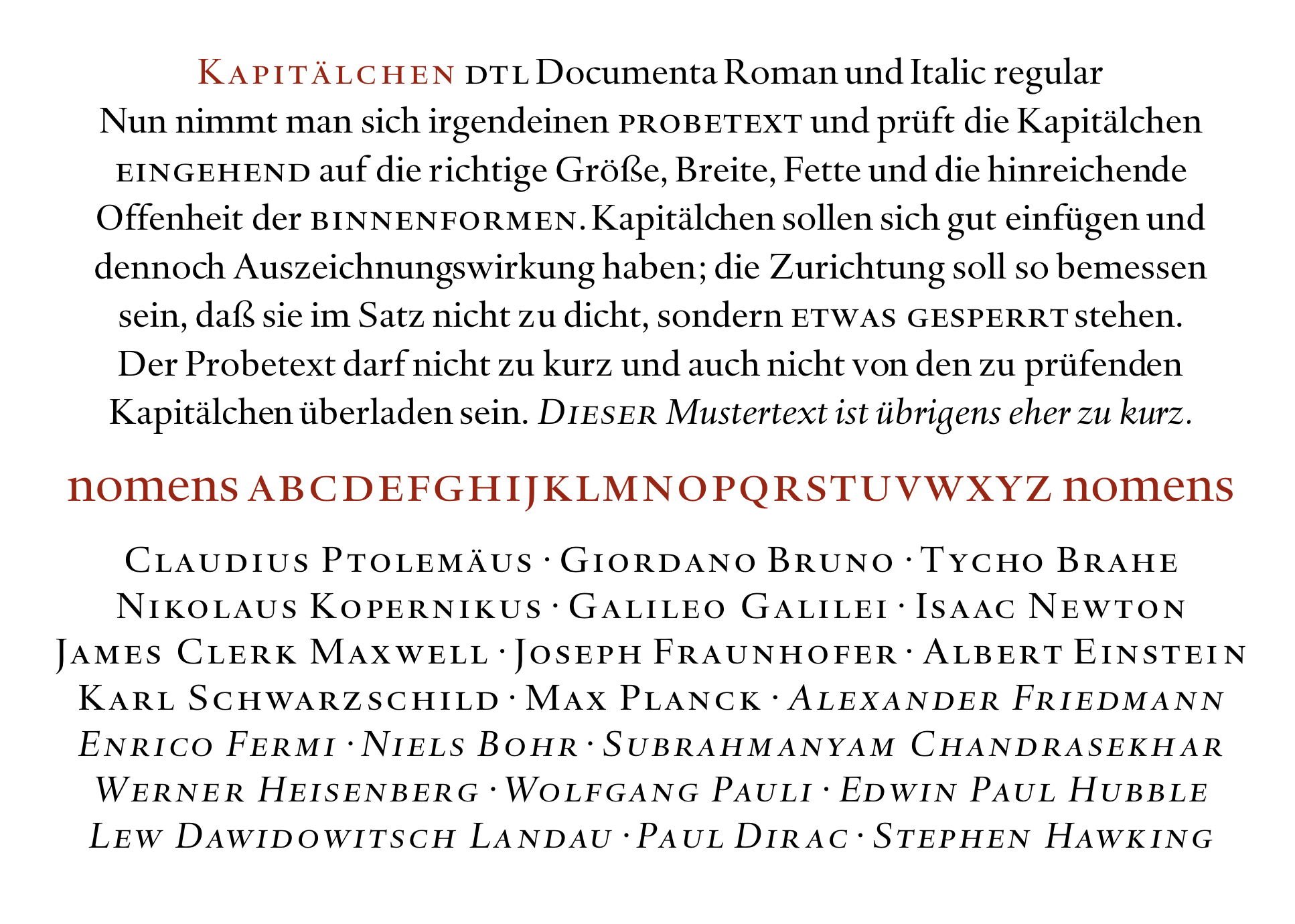
file name: Frank E Blokland D T L Haarlemmer 1994 after Jan Van Krimpen 1938f
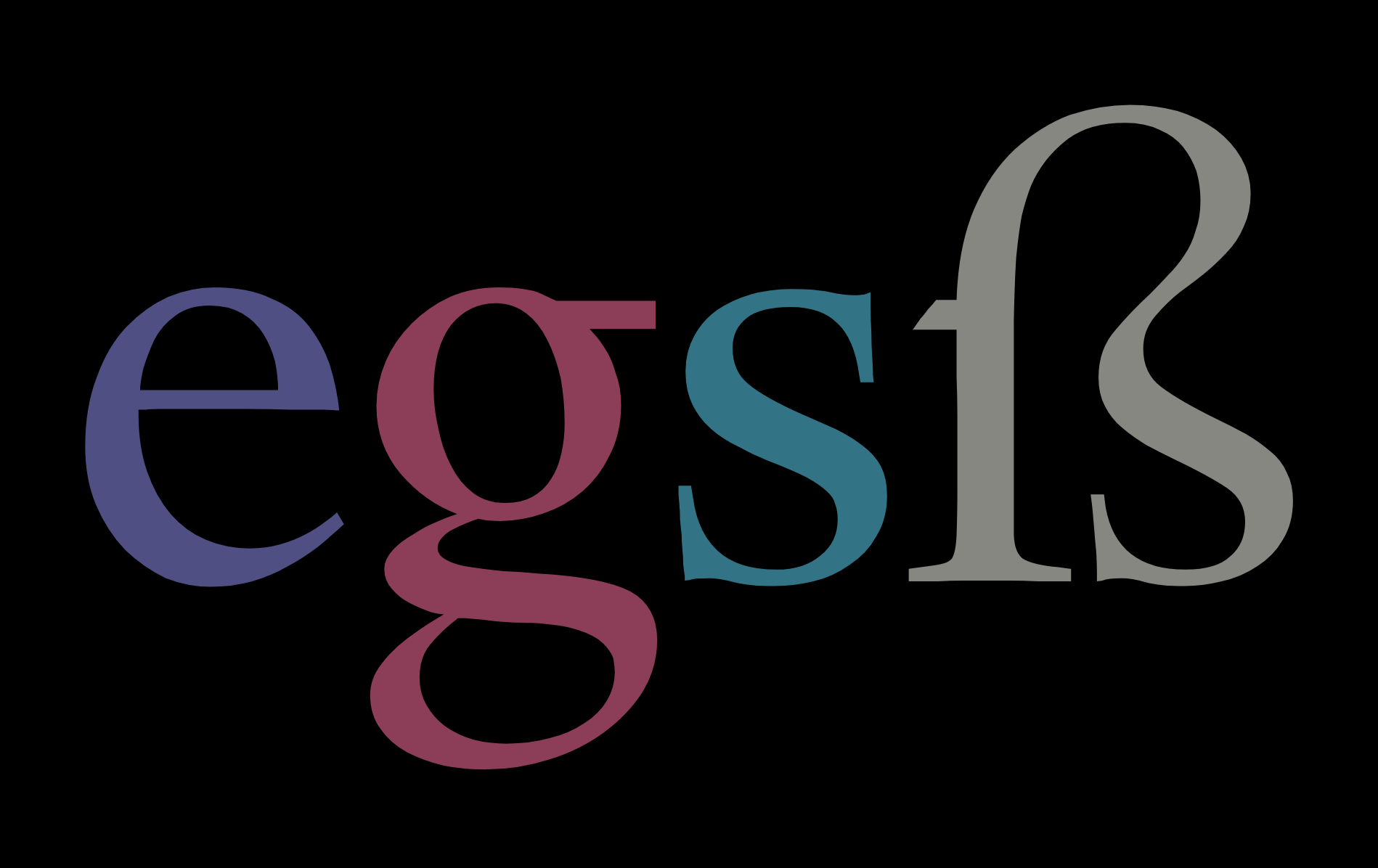
file name: Frank E Blokland D T L Haarlemmer 1994 after Jan Van Krimpen 1938g
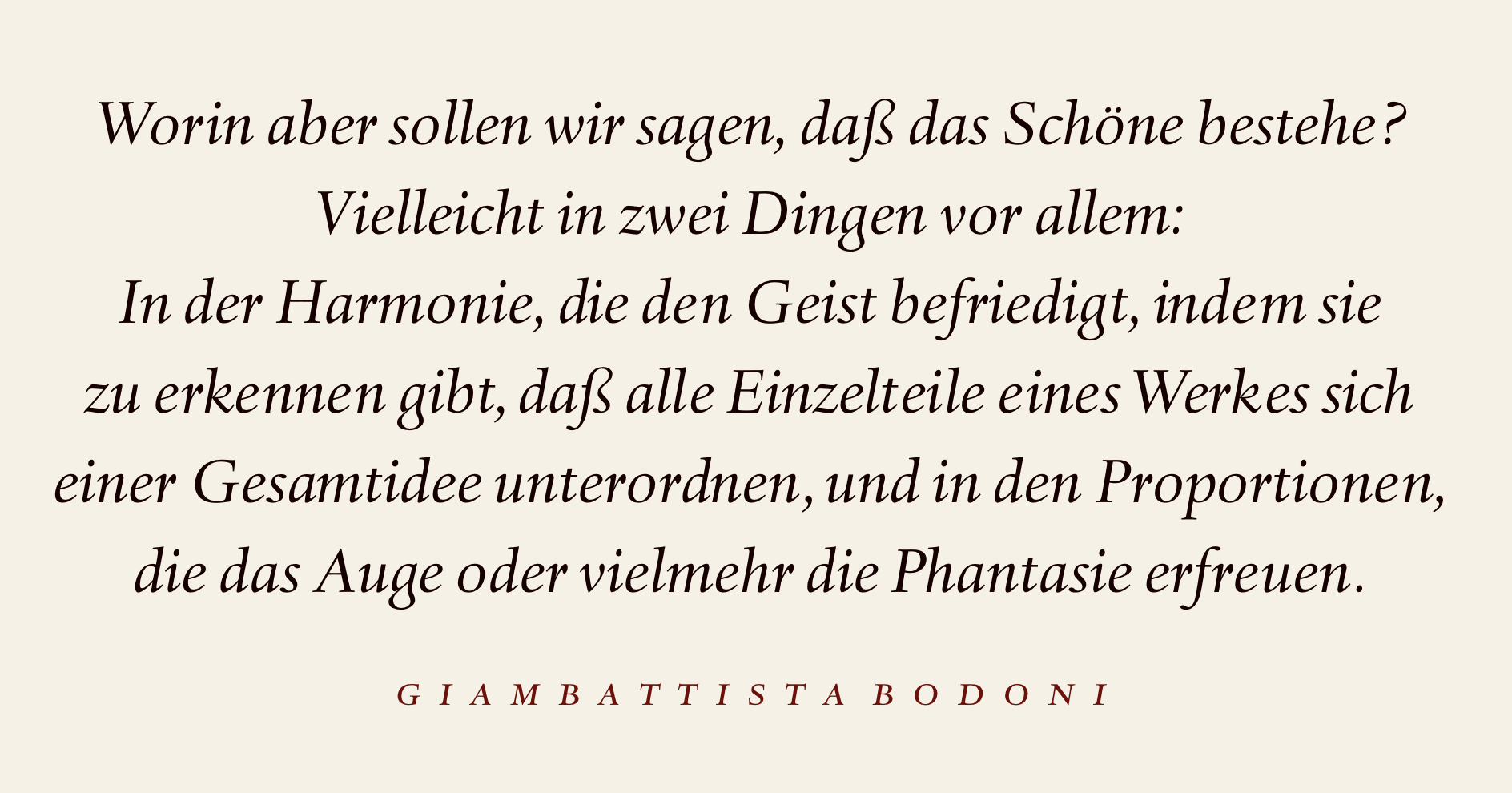
file name: Frank E Blokland D T L Haarlemmer 1994 after Jan Van Krimpen 1938h
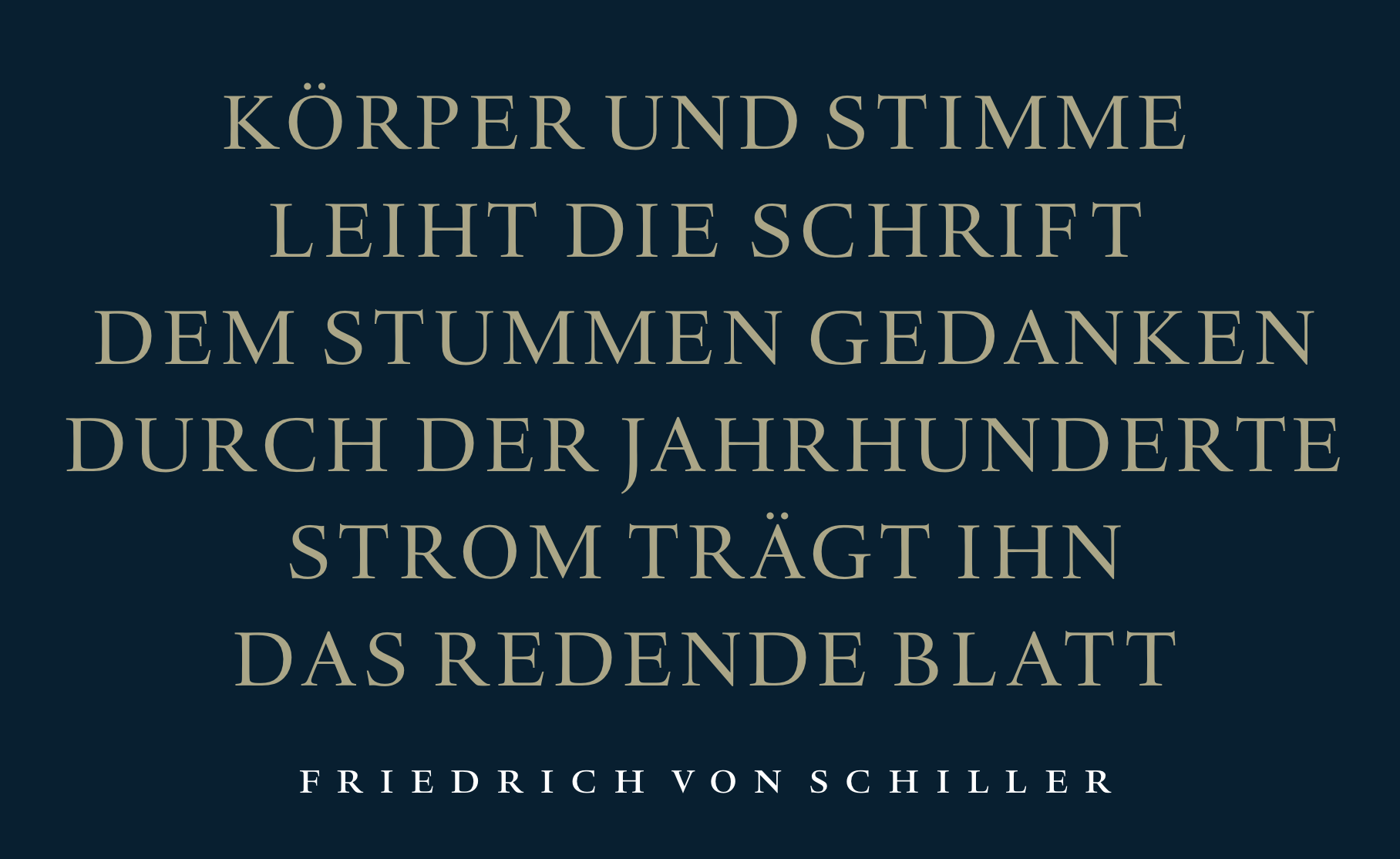
file name: Frank E Blokland D T L Haarlemmer 1994 after Jan Van Krimpen 1938i
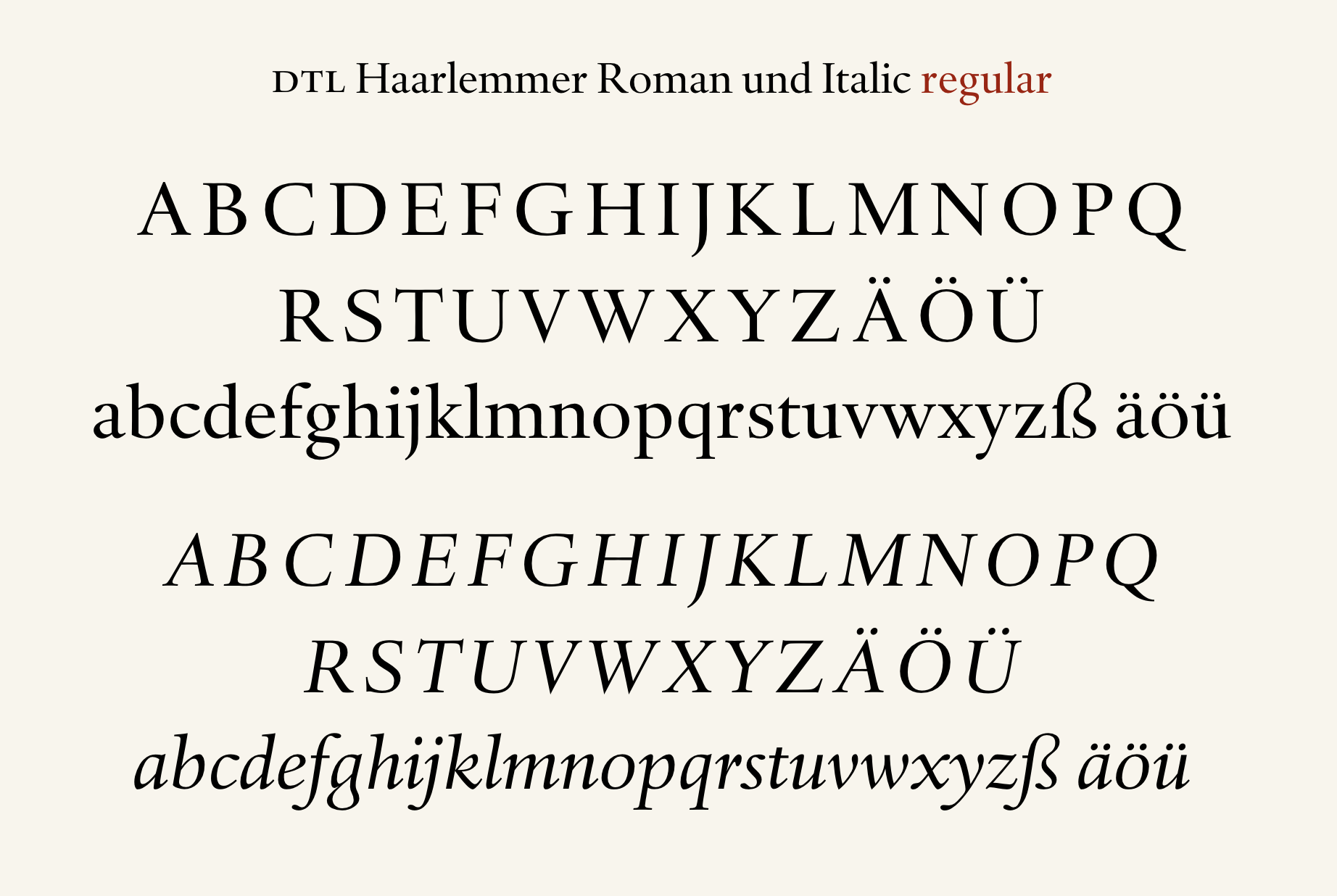
file name: Frank E Blokland D T L Haarlemmer 1994 after Jan Van Krimpen 1938j
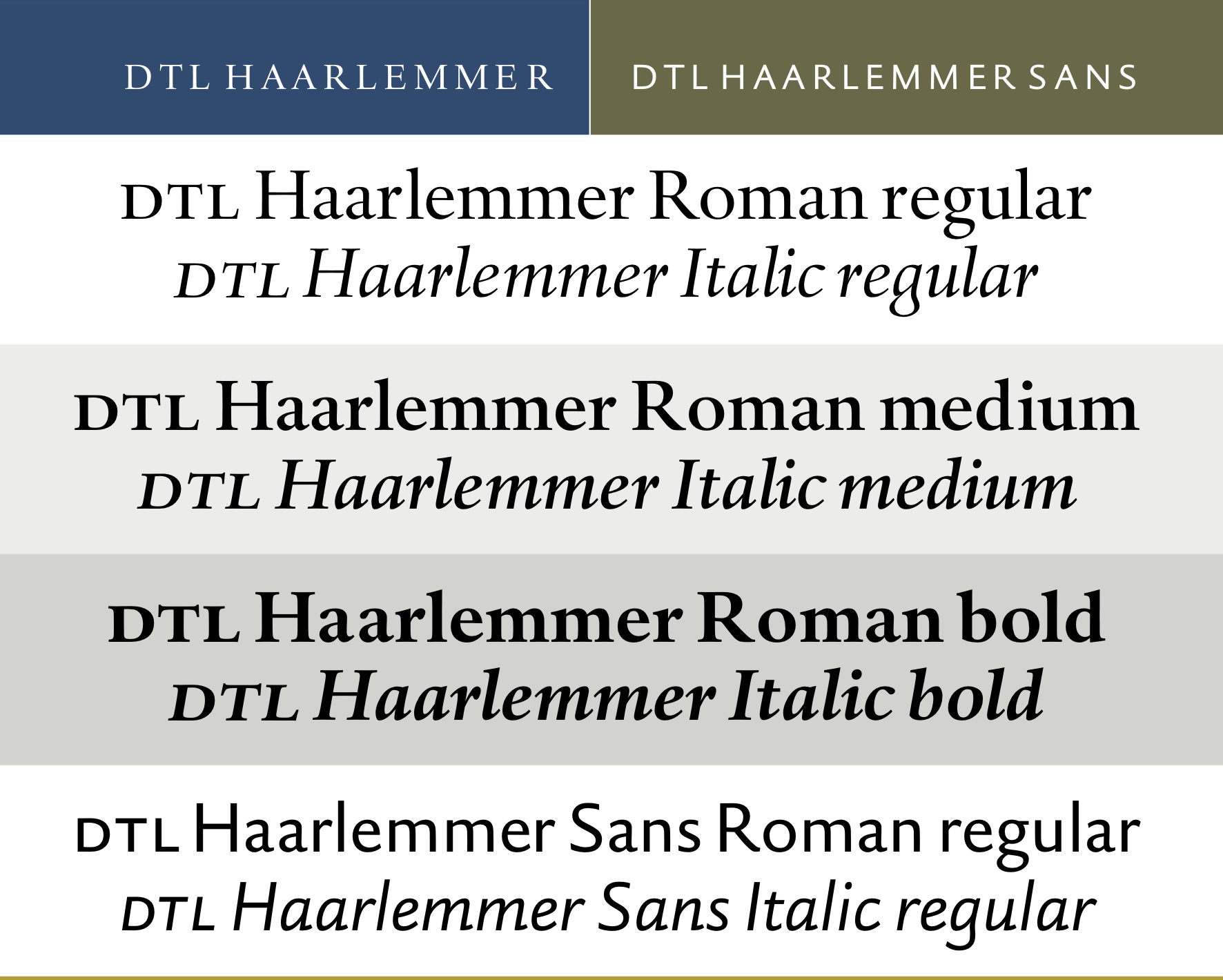
file name: Frank E Blokland D T L Haarlemmer 1994 after Jan Van Krimpen 1938k
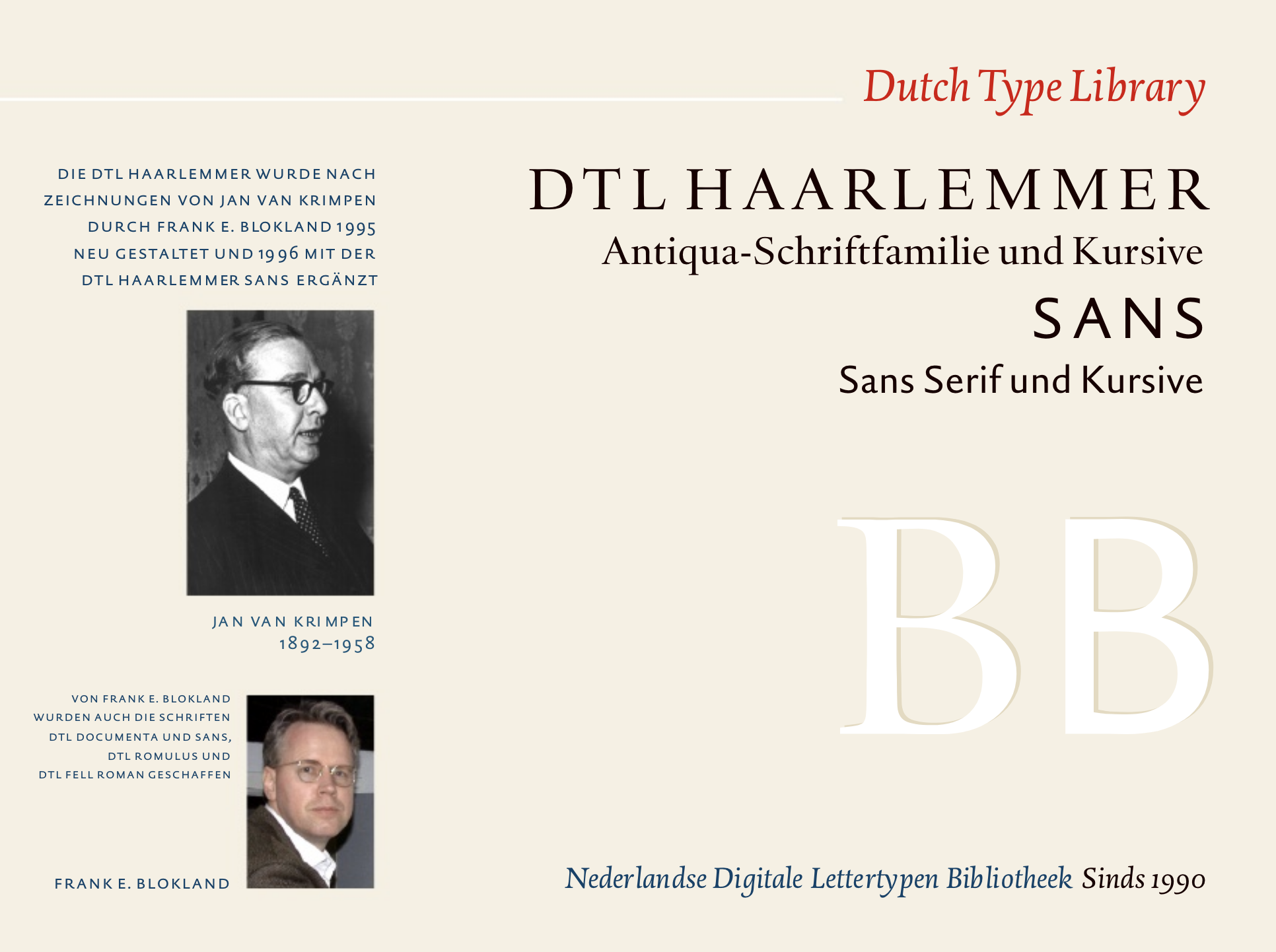
file name: Frank E Blokland D T L Haarlemmer 1994 after Jan Van Krimpen 1938l
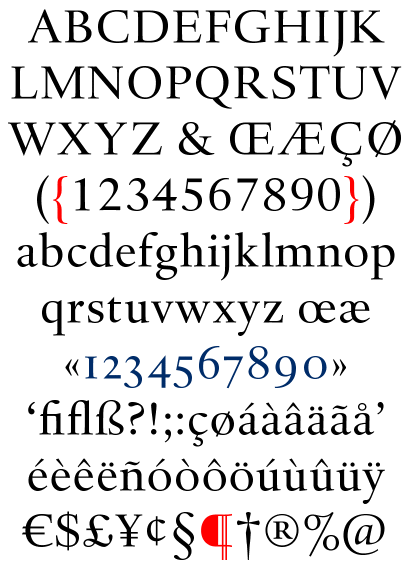
file name: Jan Van Krimpen D T L Haarlemmer
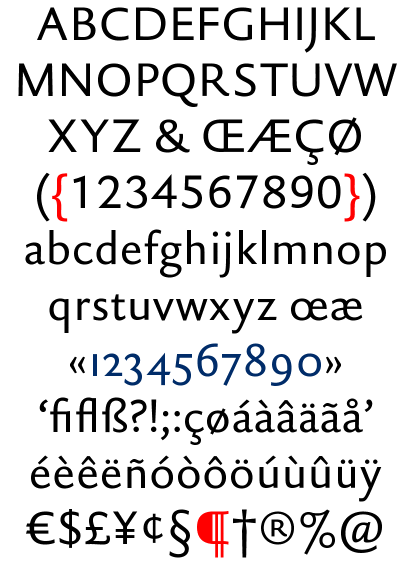
file name: Jan Van Krimpen D T L Haarlemmer Sans
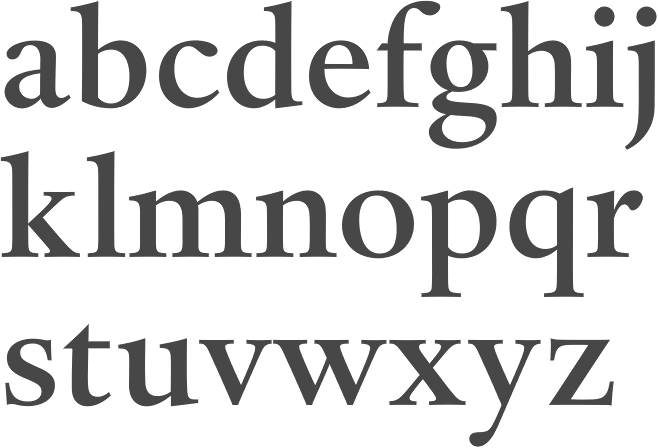
file name: Frank E Blokland Haarlemmer Std Medium Monotype 1998 after Jan Van Krimpen
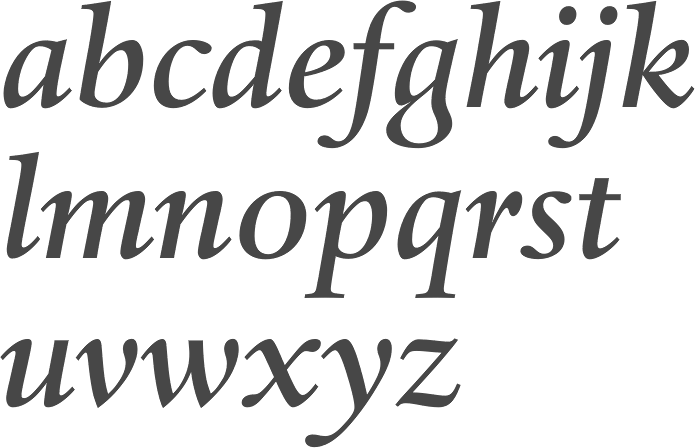
file name: Frank E Blokland Haarlemmer Std Medium Italic Monotype 1998 after Jan Van Krimpen
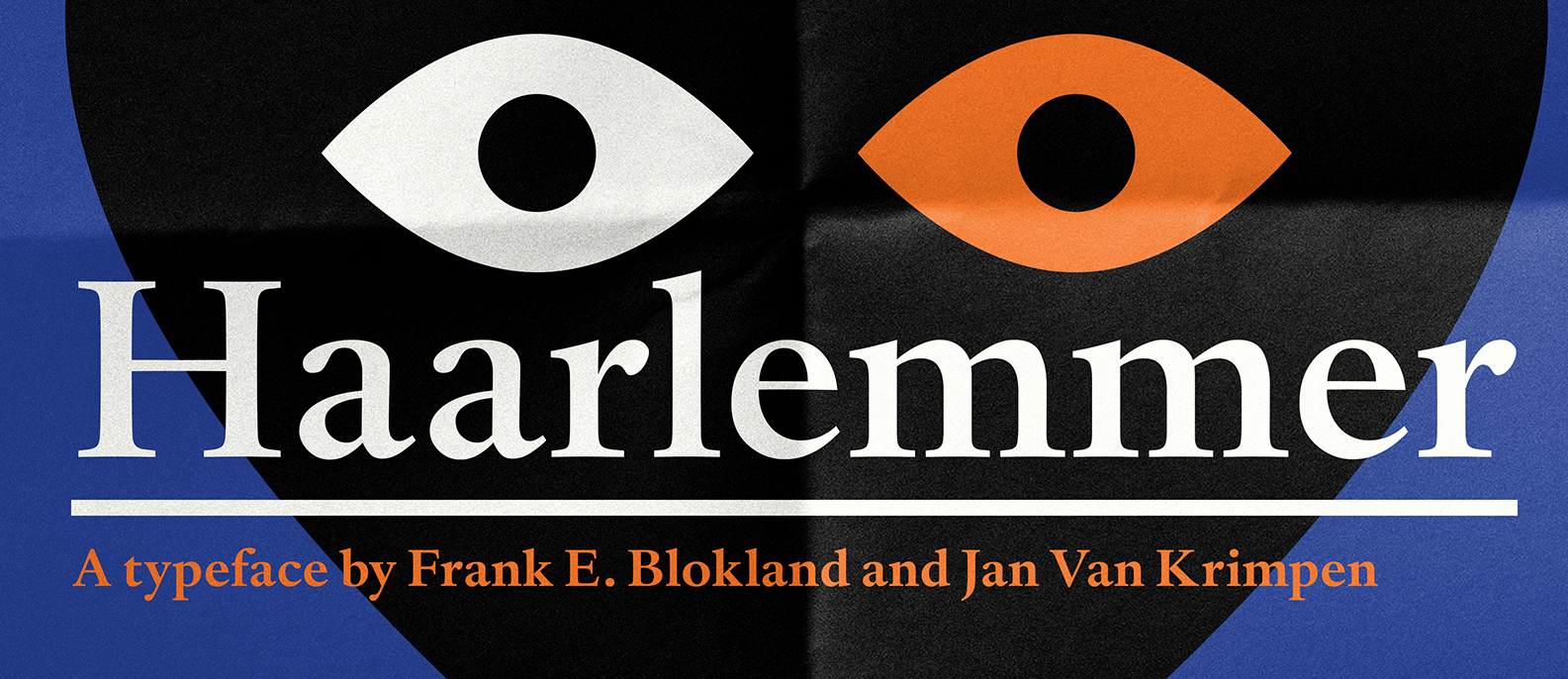
file name: Frank E Blokland Haarlemmer Std Medium Monotype 1998 after Jan Van Krimpen Poster by Michael Sallit 2017
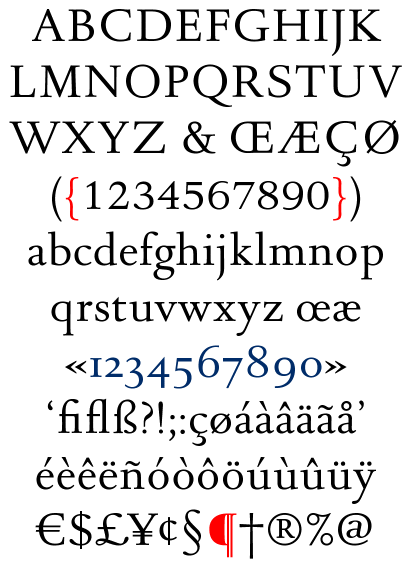
file name: Jan Van Krimpen D T L Romulus
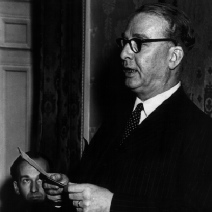
file name: Jan Van Krimpen Pic
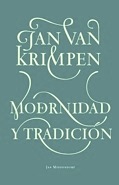
file name: Jan Van Krimpen Circulo De Tipografos 2009
| | |
|
Luc Devroye ⦿ School of Computer Science ⦿ McGill University Montreal, Canada H3A 2K6 ⦿ lucdevroye@gmail.com ⦿ https://luc.devroye.org ⦿ https://luc.devroye.org/fonts.html |

